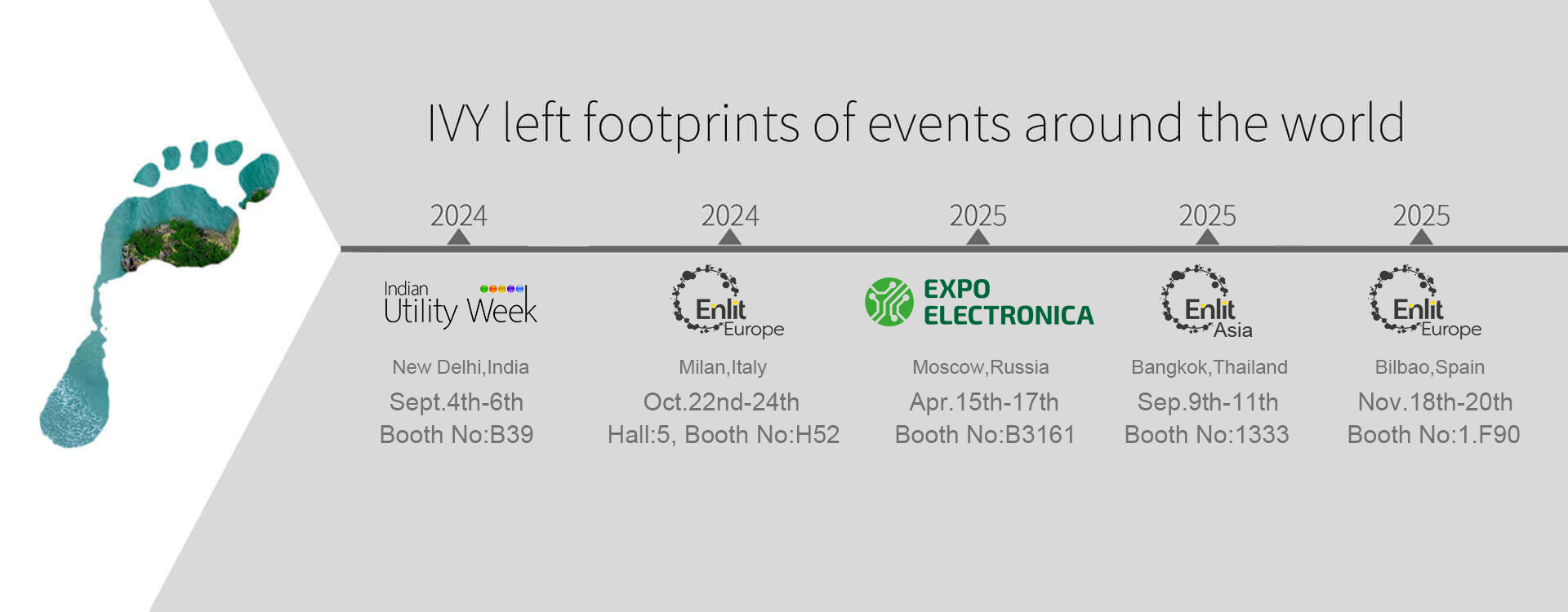An overview of relay loads
In the previous sharing of electrical knowledge, we talked about the detailed introduction of DC relays and AC relays. The conclusion is that the power supply of the driving terminal is DC then the relay is DC relay, if AC then it is AC relay. In this issue, we will share with you the knowledge about the load terminal of the relay.
The load terminal type of the relay can be analyzed and summarized from different angles:
1. From the operation electricity nature of the load, if the electrical equipment at the load terminal of the relay uses direct current, then it corresponds to the direct current load, such as battery energy storage systems, DC screens and other fields, and the relay needs to be selected when selecting the relay. The manufacturer noted this. Similarly, if the relay is used for AC smart meters, AC charging piles, etc., you need to purchase AC load relays at this time. I would like to remind you that, in order not to cause confusion with manufacturers, take DC as an example. DC load relay and DC relay are different concepts. The former emphasizes that the load terminal is DC, while the latter emphasizes that the power drive terminal of the relay is DC.
2. From the properties of the load, it can be divided into three types: resistive load, inductive load, and capacitive load. The following is a relatively professional description of the load. It should not be difficult to understand if you have some electrical learning experience:
A. Resistive load: refers to a purely resistive load that works through resistive elements, that is, the load is resistive when there is no phase difference between the load current and the load voltage. For example, the more common ones, such as white lamps, Electric stoves, electric water heaters, etc. are all resistive loads;
B. Inductive load: Refers to the load with inductive parameters. When the load current lags behind the load voltage by a phase difference, the load is inductive, such as motors, transformers, etc. These are also very common.
C. apacitive load: refers to the load similar to the capacitance in the circuit, which can make the current lead the voltage and reduce the power factor of the circuit. At this time, the load is a capacitive load, such as a compensated capacitive load, which often appears in the high-frequency field.
The above is an overview of the relay load shared with you. Those who want to know more about electrical knowledge, welcome to leave a message in the comment area, or visit our website:www.ivy-metering.com. IVY will make a separate explanation based on the knowledge points you don't understand, and see you next time !












